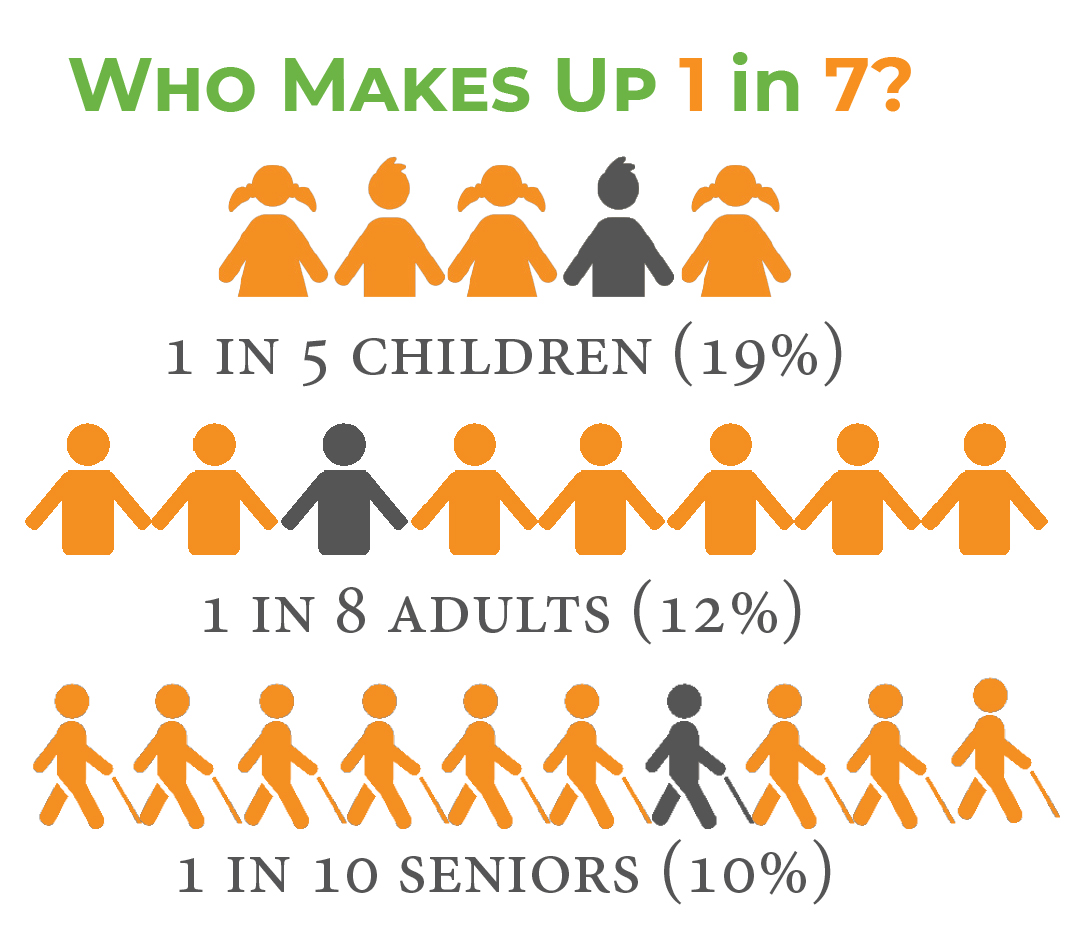Written by: Salma Soliman, Student Intern, University of California, San Diego (Graduated 2019)
Since the beginning of 2015, San Diego Hunger Coalition (SDHC) has been working towards addressing the unfortunate yet prevalent issue of college hunger. In an effort to meet students where they are, the Hunger Coalition has brought together campuses and hunger relief partners to provide food assistance and resources to low-income students.
Food or books?
With the on-going inflation of college tuition and cost of living, the number of students struggling with food insecurity has increased greatly; more than 40 percent of University of California and California State University students have reported food insecurity in recent years. Due to financial struggles, many students are forced to skip meals which results in an array of negative effects, including deciding whether to prioritize school or their health.
College hunger must be addressed and prioritized. If it persists, it has the power to widen the disparities in academic success and health. If students are struggling to meet basic needs it is likely they will struggle in different aspects of their life, including their academic work. Those who are food insecure, not getting the appropriate amount of nutrition needed, often feel less energized, have difficulty focusing, and tend to prolong their studies three times more than those students who did not experience food insecurity.
Up until a few years ago there was little discussion around college hunger. The old trope of the starving college student who lives on ramen normalized college hunger. Within the past few years a new discourse has emerged. The passage of critical state legislation (AB1930) created a window of opportunity for San Diego Hunger Coalition to mobilize the hunger relief community and campuses to connect students to food resources, beginning with CalFresh/SNAP. For the past four years, the CalFresh Task Force has prioritized, “Connecting College Students to CalFresh,” resulting in the development of an online toolkit, San Diego County specialists stationed at college campuses, and dozens of CalFresh-in-a-Day workshops hosted at more than 10 campuses across the county.
CalFresh, paired with expanding on-campus food pantries, provides students with the support they need to refocus their energies on academic success!













































